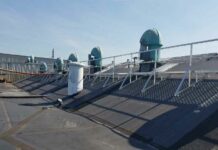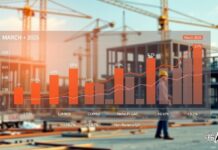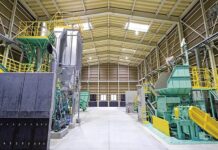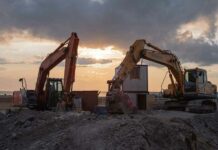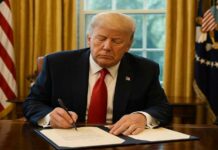Approximately 40 to 60 percent of the region’s waste water is discharged into the sea when it could be stored and reused for other purposes, according to ARCADIS’ 2014 Middle East Aquifer Recharge report.
“The region should use treated sewage effluent (TSE) as the precious resource it is and stop thinking of it as waste or a useless by-product,” said Titia De Mes, Water for Industry Leader, Middle East at ARCADIS. “TSE can and should be recycled, but this requires a change in thinking from being a choice and a cost to a necessity and investment – the optimal choice for the Middle East is aquifer recharge and recovery.”
The report reveals that merely 60 percent of TSE could be stored in the aquifer and used at a later time through various approaches, highlighting three different methods to aquifer recharge – aquifer storage and recovery; aquifer storage transfer and recovery and aquifer recharge and recovery. The different techniques involve water that is re-injected back into the aquifer for later recovery whether it is used by a single well, stored for a prolonged period and pumped through another well, enabling natural treatment or built with infrastructure or an existing landscape, such as a wadi, to enhance groundwater infiltration, also enabling natural treatment.
Furthermore, the report highlights the key discrepancy of TSE planning and implementation across the GCC countries. Abu Dhabi and Doha are currently pumping excess desalinated water in the aquifer to act as emergency storage whereas other key cities are still in the middle of research for the use of TSE.
De Mes continues, “The outcomes of aquifer recharge are good for countries economically and environmentally – saving costs, reducing the carbon footprint and improving the environment. Whilst the region is progressing, there is still an essential requirement for overcoming constraints – the next step involves engaging the regional water community, government bureaus and ministries and associated industries in a conversation that can lead to implementing rules and regulations.”
The Middle East has a large amount of prospects in the water space, especially when it comes to optimising TSE utilisation. It is the duty of industry experts to drive environmental change, local development and ultimately create sustainable solutions.




